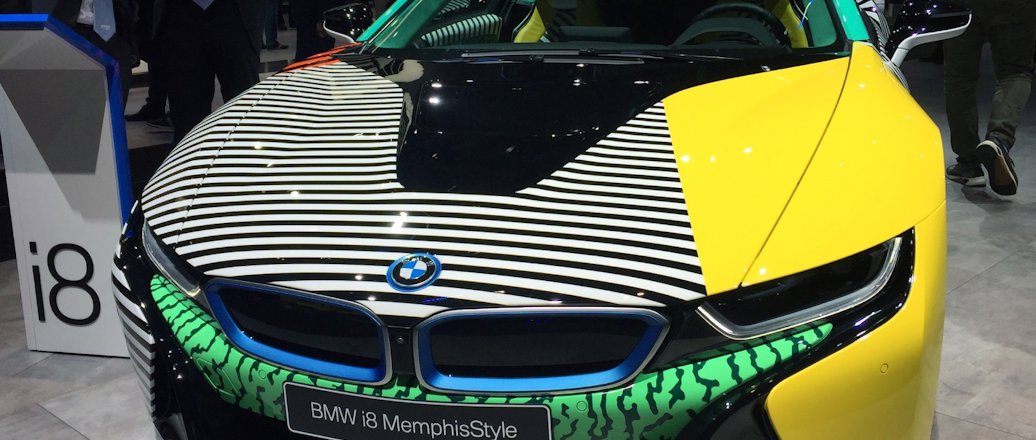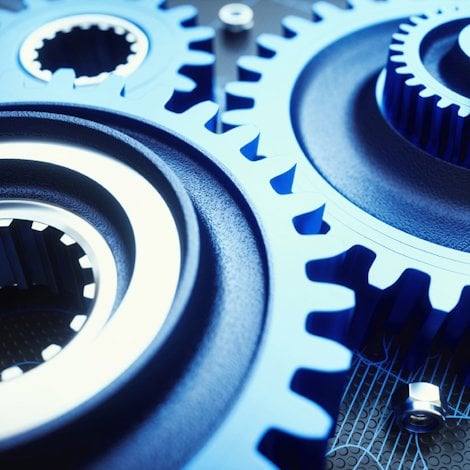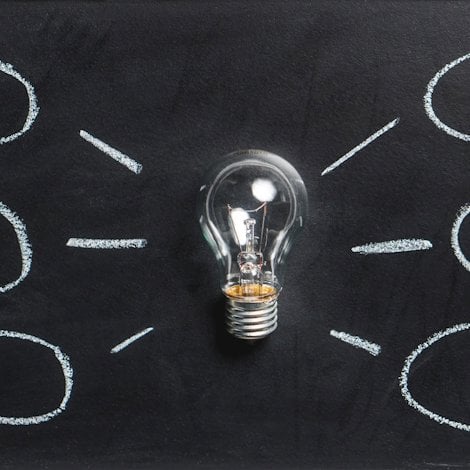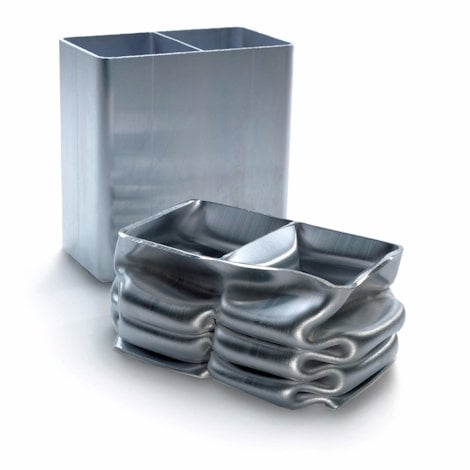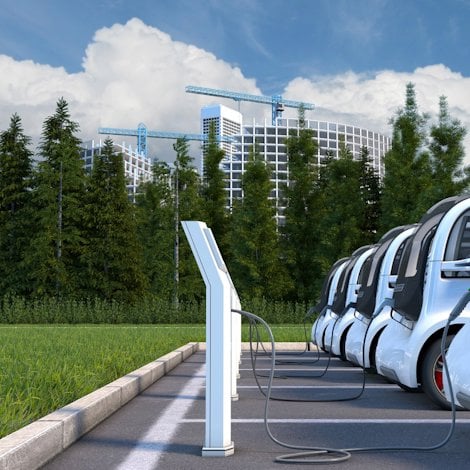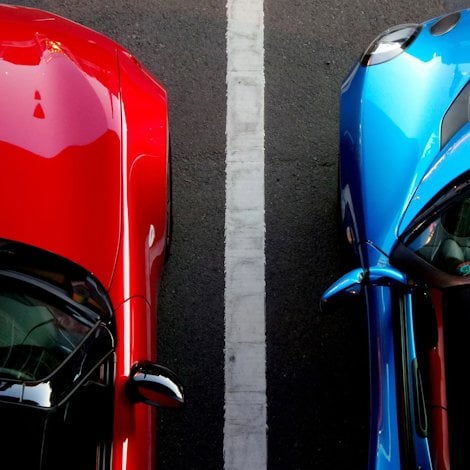Why aluminium is the right material for external car parts
To achieve a perfect finish that lasts for your automotive aluminium component, you need to select the right alloy and the right surface treatment technology. Here are some points to consider.
Some aluminium components require surface quality that is close to perfect. These are the ones you see and the ones you touch. When holding a high-quality product in your hand, you want to get the right feeling. You can make plastic look good, but it still feels like plastic.
This is one reason why anodized aluminium has the market position it has. It gives you the feel as well as the look. It is about expectations and what the customer wants. Surface technology plays a key role here.
Surface technology and aluminium alloys
You have to know what you want to achieve. If you need gloss, for instance, then the iron content in the aluminium alloy is critical. Different alloying elements and processing routes give different material properties, and this affects the optic quality of an anodic film. It can become light-scattering, opaque, and you do not get the same high gloss that you want.
Gloss matching of different parts made from different alloys is an important issue. In some projects, you may have 6000 and 5000 series aluminium alloys mounted next to each other on the car body, and accordingly, their surface finish must be identical.
Remember: Anodizing alone will not give you the correct appearance. It starts with the raw material. Then you must keep control in all processing steps from casting and heat treatment over extrusion and machining, and then finally to surface treatment, where anodizing is often one of the very last steps before shipment.
Factors that can affect surface quality of automotive aluminium
Here are a few of the factors that can affect the surface quality of your aluminium parts:
- Recycling. Aluminium does not lose its properties after recycling. But keeping control over certain alloying elements is important when corrosion properties and appearance are crucial properties for the product.
- Hot metal gas forming. Hot metal gas forming is a fascinating new technology, but the high temperatures used in the process can affect the grain structure of the metal, and this can be important when it comes to surfaces with high visual demands.
- Multi-material solutions. Modern vehicles contain a high mix of materials. Details of different materials in large automotive components will sometimes be given the same surface treatment. In such cases, paint that can be applied to both aluminium, steel and plastic might be the only alternative. Surface treatment may also be a part of the clever solutions needed to eliminate galvanic corrosion, which is always a risk when joining different metals together.
- Joining. Adhesive bonding is frequently used to join multi-material solutions. You rarely use naked aluminium with adhesive bonding because you risk corrosion attack. My advice: Use conversion coating or anodize. You seldom see these parts, but they need corrosion protection.

